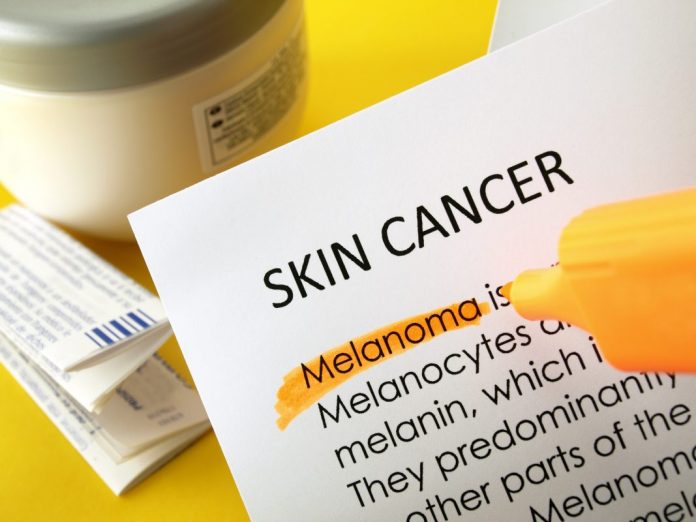Veronique del Marmol European Chair and Alexander Stratigos Vice-Chair of Euromelanoma look at the growing burden of skin cancer in Europe, and the importance of making people aware of the risks…
Skin cancer is the most common cancer in the world. It is usually caused by unprotected or excessive exposure to the sun’s UV rays, which penetrate and damage the skin over time. Cancerous lesions are likely to appear in sites exposed to (UVA and UVB) the sun more often such as the face, neck, back and limbs. It is most common in people over the age of 50, but any age can be affected. The incidence rate for all forms of skin cancer is increasing, but it is recognised that non-melanoma skin cancers are still underreported in official statistics, masking the true scale of its prevalence. Skin cancer is one of the most treatable forms of cancer, with a very good recovery rate. However, public awareness of the symptoms of skin cancer is currently low, meaning opportunities for vital early detection can be missed. ‘Skin cancer’ refers to several different forms of the condition, each of which has different symptoms, treatments and severity. Carcinoma, basal or squamous cell carcinoma, are the most frequent cancers, originating from the cell keratinocyte. The most aggressive and dangerous skin cancer, melanoma, originates from the melanocyte, the cell that is responsible for skin pigmentation. Every year, Melanoma is responsible for the death of 20 000 European citizens.
Fortunately, cancerous lesions can be identified with vigilance, allowing the cancer to be treated more effectively. These can be defined by change colour, size or shape, appear different to the rest of nevi, are asymmetrical or have uneven borders, are wider than 6mm, feel rough or scaly (sometimes you can feel a lesion before it becomes visible) are multi-coloured, are itchy, are bleeding or oozing, look pearly, or look like a wound that does not heal.
Euromelanoma
Euromelanoma exists to promote and share information on skin cancer prevention, early diagnosis and treatment. It is led by a network of European dermatologists who generously give up their time to serve this cause. This activity culminates in public screenings during an annual ‘Euromelanoma Screening Day’. In fact, Euromelanoma is active in 33 countries and to date, over 450,000 people have received free skin examinations. Every year a new campaign is created and this gives the opportunity for many countries to receive a free material and organise this event with a lower investment. The Euromelanoma campaigns are mainly supported by grants provided by the industry.
The activities of this pan-European campaign are focused on reaching 3 key audiences; the general public, the scientific community and European and national policy makers.
As education is able to improve early detection. The action of such campaign is particularly important for countries in the Eastern part of Europe, because the most recent estimates of melanoma incidence and mortality reveal sharp differences between countries, possibly related to missed opportunities for early diagnosis and incomplete reporting of melanoma in Eastern Europe.
In the last years, Euromelanoma in collaboration with the European cancer leagues (ECL) and the European academy of Dermato-Venereology (EADV), host special events to ensure that the treatment of skin cancer is fully recognised and supported in healthcare systems and policies, but also highlights specific aspect of prevention such as skin cancer for outdoor workers and the legal aspect of sunbed use. These events have been organised by the European parliaments, with the involvements of MAC, the MEPs that are mobilised against Cancer.
Veronique del Marmol
European Chair
Alexander Stratigos
Vice Chair
Euromelanoma
www.euromelanoma.org











